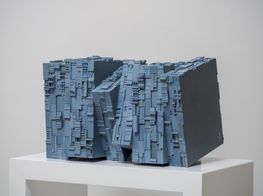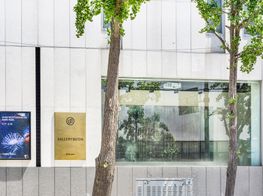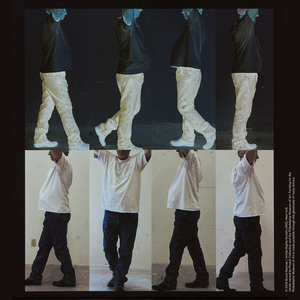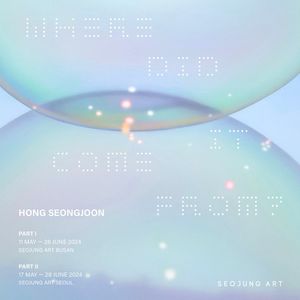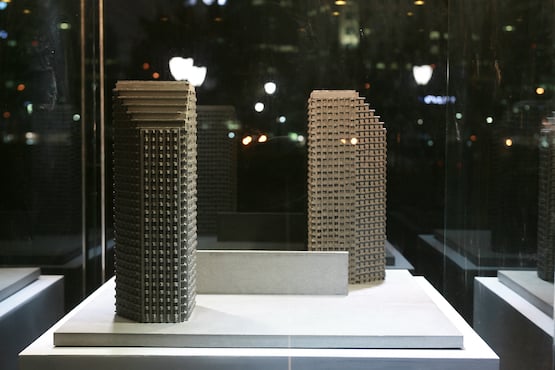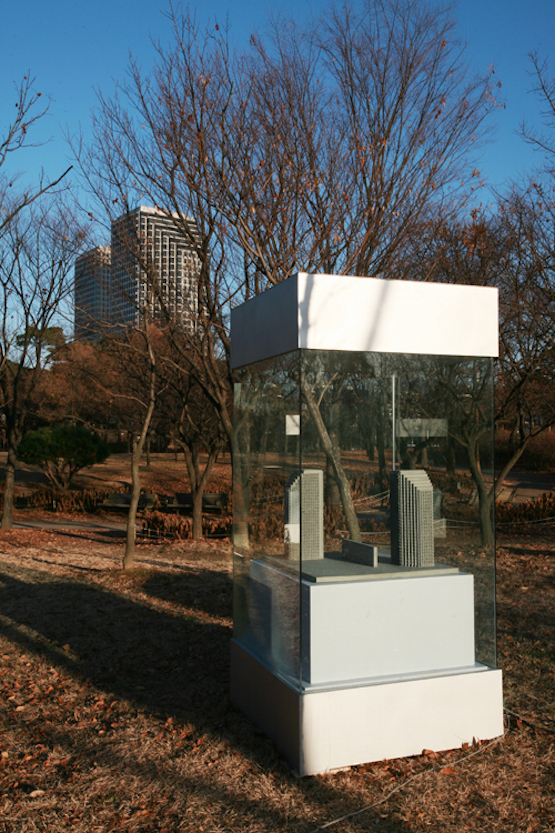Kim Sang Gyun at Gallery Baton, Seoul
Kim Sang Gyun, who is showing a new series of sculptures and installations at Gallery Baton in Seoul until 20 January 2016, answers five questions on his work.
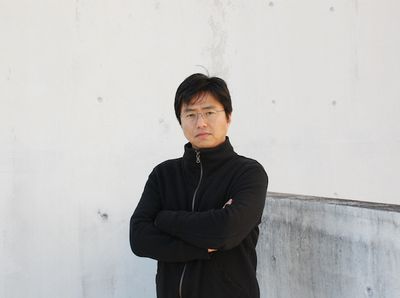
Your works are quite unique in their appearance. Please could you talk through the process and meaning behind your work Pattern?
The presented works have a process of restoring facade images of the buildings that were constructed in Seoul during the Japanese colonial era of the 20th century. They were produced by dismantling the structures off in small-scaled panel pieces and reassembling them in a certain pattern. Similar to Korea, many countries in East Asia went through periods of colonialism led by invasions from Western powers and the Japanese, resulting in imperialism in the course of the modernisation of those countries in the beginning of the 20th century. In the main cities of each country, Neoclassical architecture was established to celebrate the splendor of imperialism and as a measure of enforcing policies of domination. Following the collapse of imperialism, many of the buildings have become tourist attractions, and this transformation seems to dilute the excruciating memories that imperialism inflicted on those nations. I paid attention to the fact that the architecture of those buildings were used as tools that contributed to the productivity of politics and capital of the occupied era. I wanted to metaphorically illustrate my space and society where the essence is spoiled and a new definition replaces it according to the changing time and situation.Image: Kim Sang Gyun, Collection #2, 2007. Grout casting, glass, lightings, 110 x 110 x 230 cm. Image courtesy Gallery Baton, Seoul.
Looking at earlier works you seem to produce sculptures and installations in a variety of styles—from reliefs and 3D pieces, to assemblages—could you please explain your interest in working with these different styles?
I am not very interested in formality or appearance when I produce works. Instead, I focus on considering how I selecting appropriate materials in order to successfully deliver the entire narratives of the work. Throughout the procedure, the spaces are decided depending on the objective and content of the works and eventually, the forms of the works are completed. Thus the main theme, material, and spaces of where the work will be placed in are sequentially conceptualised as the artwork is under completion.Image: Kim Sang Gyun, Exhibition view of Collection #2, 2007, Yeouido Park, Seoul. Image courtesy Gallery Baton, Seoul.
For your latest exhibition at Gallery Baton you are showing new works and installations. What do you consider to have been the greatest changes in your practice in recent years?
I doubt that the countries and the cities where we live in and their social governance systems operate fairly and sufficiently for the people. Especially Korea has focused mainly on the economic growth of the nation after Japanese imperialism and the Korean War, whilst neglecting the importance of objectivity in order to leverage such sharp growth in a short time. This generation, the one that I have been involved in, are bound to have individualistic and critical opinions. I was also one of those people. However, working on art commission projects for local societies during recent years, I encountered multiple opportunities to share and compare the social structural points of view from the outside, and the daily life stories of internal members within the society. This experience has been extensively articulated in my works, blending the perspectives of both the experienced insider and a distant observer.Is there any one person or thing you would site as having a significant influence on your work?
For my process—which requires that I research and replicate the past within a limited time and with limited capital resource—the one critical thing is a computer. Especially, the cyber internet world greatly assists me in creating a story line efficiently, whilst utilising a wide variety of historical evidence. It is a way of observing the various perspectives of the ordinary people, as well as a measure in which people can be examined relatively fairly, free from the constraints of societal privileges and capital reign. Many elements represent the contemporary identity of the Internet age, including the present state of constantly updated data and the relentless archiving of ‘outdated’ data that this leads to. I often mention computers and cyber spaces as the most useful tool for the start and finishing points of my creating process.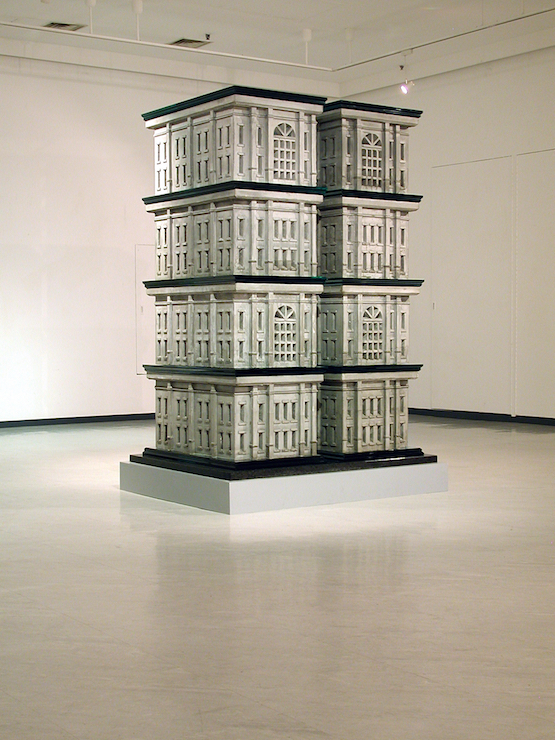 Image: Kim Sang Gyun, The Landscape, 2003. Grout casting, 137 x 107 x 200 cm. Image courtesy Gallery Baton, Seoul.
Image: Kim Sang Gyun, The Landscape, 2003. Grout casting, 137 x 107 x 200 cm. Image courtesy Gallery Baton, Seoul.

